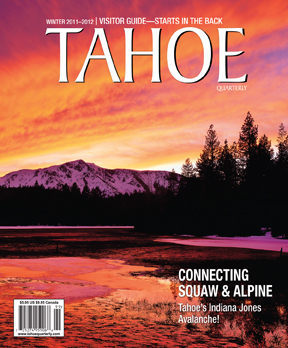Art: Inside and Outside
Written by Trina Kleist
Despite acclaim for Judith Scott’s fiber sculptures, controversy abounds over whether they are art – whether anything can be art if its creator lacks the intention of creating art.
People in insane asylums drew attention as early as 1917 for their needlework, sketching and painting. In the 1940s, French avant-garde painter Jean Dubuffet called them “works created from solitude and from pure and authentic creative impulses.” In comparison, “cultural art” produced by professionals vetted through standard art schools and influenced by “competition, acclaim and social promotion… appears to be… a fallacious parade.” Those who agreed included surrealist André Breton, who in 1948 helped Dubuffet found the nonprofit Art Brut Company. Their collection now includes thousands of objects and resides at the Museum of Art Brut in Lausanne, Switzerland.
Art brut is “a range of art forms outside the conventional dictates of the art world,” says the Solomon R. Guggenheim Foundation in New York. The term was translated into English as raw art; other terms include outsider art, visionary art, intuitive art and marginal art. All emphasize the creator’s status as untrained and the creative process rather than the creator’s intention.
Scott clearly intended to create, says Director Tom DiMaria of Creative Growth Art Center in Oakland Calif., where Scott produced 200-plus pieces over 18 years. What makes them art, DiMaria adds, is they are unified by consistency in technique and materials; that Scott’s process was focused, sustained over a long period and evolved over that time; that she communicated the human experience in a unique style; and did so in a way that is esthetically and visually intriguing.
Scott’s body of work is significant for expressing herself with a “voice so strong,” DiMaria adds. “These… pieces couldn’t be made by anyone else. Something really unique is happening.”
That Scott’s works also are mysterious, leading viewers to wonder what she was expressing, heightens their appeal. “The artist leads us to a different place, and that’s the thrill of the artistic experience – and the genius of the artist,” DiMaria says.
But in the larger art world, intention divides the insiders from the outsiders. “The question is whether Judith intended to make a piece of art,” writes James Brett, founder of The Museum of Everything in London and a big fan of Scott’s. “The fact is she probably did not. That is why most curators say it is not art. However, for me, that reflects a deep-rooted bigotry… (Abstract expressionist painter Jackson Pollock) said his (work) was art. (Judith) did not. Forget the quality or aesthetic…
“So, if we decide that what she is making is art, we are making a huge leap in our understanding of what art can be in the 21st century,” Brett writes. “We are giving the woman the right to be called an artist.”
For the disabled, that opens possibilities the abled also can ponder, twin sister Joyce Scott says: “It’s so extraordinary for all of us to realize there are gifts within each of us and within people extremely unlikely to be gifted.”
Category: Arts & Culture, Personalities








Comments (1)
Trackback URL | Comments RSS Feed
Sites That Link to this Post